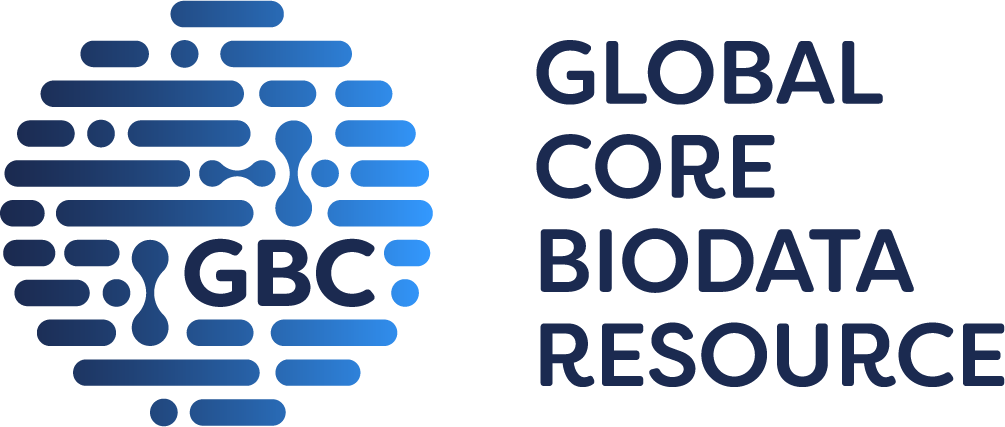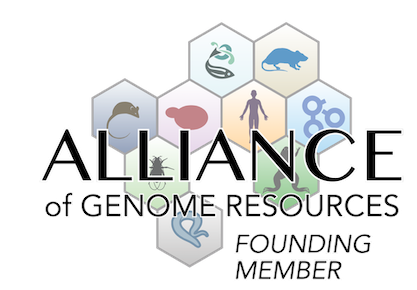growth/size/body
|
• at 3 months and 1 year of age, percentage of lean mass is significantly lower than in control mice
|
|
• mice develop age-dependent sarcopenic obesity (not dependent on feeding or accompanied by diabetes)
|
|
• at 1 year of age, mice are overtly larger than control mice
• however, linear growth is not altered
|
|
• at 3 months of age, body weight is on average ~10% more than that in control mice
• by 1 year of age, body weight is nearly 20% more than that in controls
|
adipose tissue
|
• at 1 year of age, excess fat is distributed throughout the body with a high tendency for abdominal accumulation
|
|
• fat accumulates in intracapsular brown adipose tissue (iBAT), resulting in iBAT whitening by 1 year of age
|
|
• inguinal and visceral adipose tissues (iWAT and vWAT, respectively) show significant white fat cell hypertrophy at 3 months, with an upsurge noted at 1 year of age
|
|
• at 3 months and 1 year of age, percentage of fat mass is significantly higher than in control mice
|
liver/biliary system
|
• 1-year-old mice exhibit hepatic steatosis
• however, no fat accumulation is noted in the liver at 3 months of age
|
|
• primary hepatocytes isolated from 8- to 12-week-old mice show increased store-operated calcium entry (SOCE) activity, elevated Ca2+ oscillations in response to vasopressin (1 nM), and increased mitochondrial spare respiratory capacity
|
homeostasis/metabolism
| N |
• at 3 months of age, mice exhibit normal fasting glucose levels and normal glucose tolerance relative to control mice
|
|
• after 15 min of restraint stress, blood corticosterone levels are significantly higher than in control mice, suggesting an increase in hypothalamus-pituitary-adrenal (HPA) axis activation
|
|
• at 1 year of age, serum TSH levels are significantly higher than in control mice
|
|
• primary hepatocytes show increased store-operated calcium entry (SOCE) activity, and elevated Ca2+ oscillations in response to physiological levels of vasopressin (1 nM)
|
|
• at 3 months of age, mice exhibit a lower metabolic rate, with significantly decreased heat production over time
|
cellular
|
• primary mouse embryonic fibroblasts (MEFs) from E14.5 embryos show reduced proliferation relative to wild-type MEFs
|
|
• in the dorsal and the ventral hippocampus dentate gyrus, the number of PCNA-positive cells per doublecortin (DCX)-positive neuronal progenitors is significantly lower than in control mice
|
|
• primary hepatocytes exhibit an increased mitochondrial spare respiratory capacity
|
behavior/neurological
| N |
• at 3 months of age, total food intake is not significantly altered, either under basal or refeed-challenged conditions
• despite reduced neurogenesis, long-term memory (Morris water maze) and short-term memory (Y-maze) are unaffected
|
|
• 3-month-old mice spend more time in the lit compartment in the dark-light transfer test and show a longer reaction time in the first of three blocks of 120-db stimuli in the acoustic startle response assay, indicating reduced anxiety-like behavior
|
|
• at 3 months of age, mice exhibit reduced dark-phase locomotion, as indicated by the light beam breaks count
|
nervous system
|
• in the dorsal and the ventral hippocampus dentate gyrus, the number of PCNA-positive cells per doublecortin (DCX)-positive neuronal progenitors is significantly lower than in control mice
|
|
• EdU incorporation assays show a significant decrease in proliferation in the dorsal and the ventral hippocampus dentate gyrus
|
endocrine/exocrine glands
|
• at 1 year of age, mice exhibit subclinical hypothyroidism, with normal serum levels of thyroxine and cholesterol and increased serum TSH levels
|



 Analysis Tools
Analysis Tools